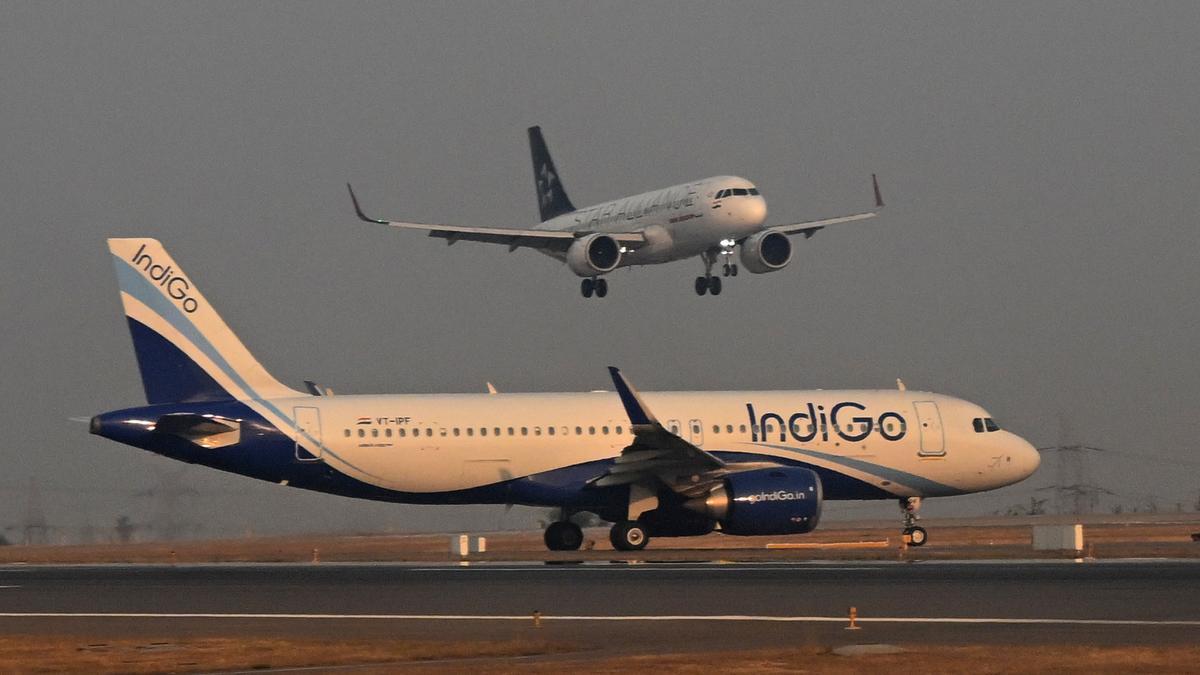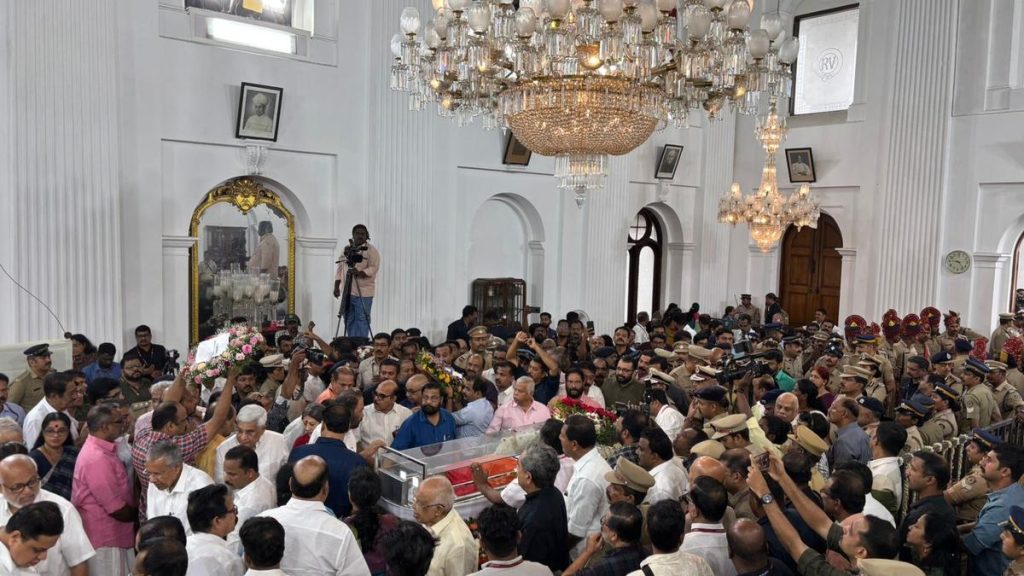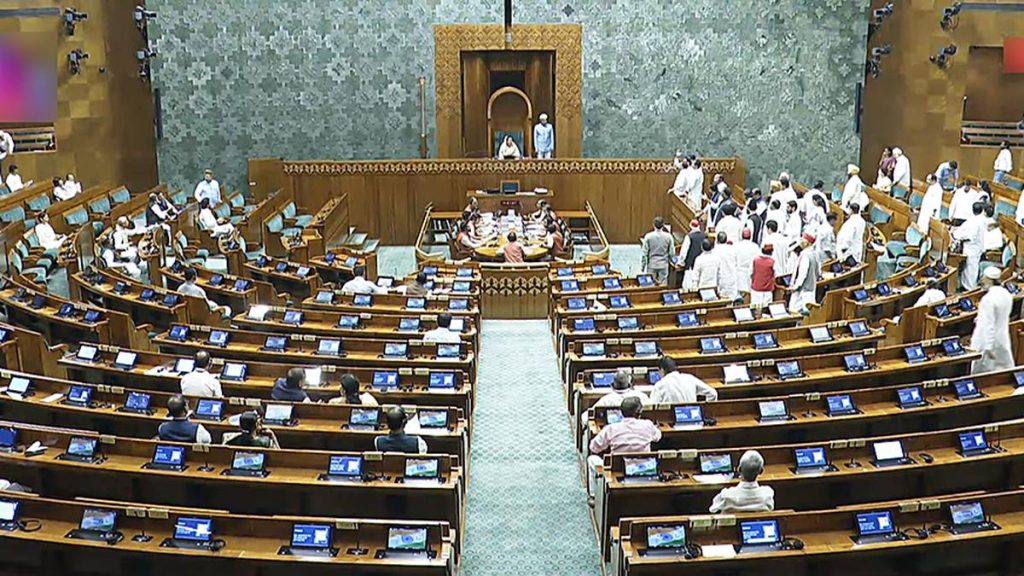Now Reading: Hyderabad Airport Reports Fewer Bird-Strike Incidents Than Other Major Cities
-
01
Hyderabad Airport Reports Fewer Bird-Strike Incidents Than Other Major Cities
Hyderabad Airport Reports Fewer Bird-Strike Incidents Than Other Major Cities

Speedy Summary
- Hyderabad Bird Strike Data: Rajiv Gandhi International Airport (RGIA) reported 207 bird strikes between 2020 and June 2025, with annual figures ranging from 33 in 2020 to 16 in the first half of 2025.
- Other Major Airports:
– Delhi: Indira Gandhi International Airport recorded the highest number with a total of 695 bird strikes over the same period.
– Mumbai: Chhatrapati Shivaji Maharaj International Airport reported a total of 407 incidents.
– Bangalore: Recorded a total of 343 incidents during the span.- Ahmedabad: Documented a total of 337 bird strikes, peaking at 86 in one year.
- Additional City Data:
– Kolkata & Chennai reported identical totals -193 cases each.
– Pune (145), Bhubaneswar (150), and Trivandrum (125 cases).
- Aviation Safety Measures:
The Directorate General of Civil Aviation mandates all airports to apply Wildlife Hazard Management Plans.These include habitat modifications, rodent/insect control, and use of systems for detecting and dispersing birds using biological or chemical methods.
Indian Opinion Analysis
Bird strikes are significant safety concerns for aviation worldwide, as reflected by incident data shared in the Rajya Sabha. Hyderabad’s relatively lower numbers compared to cities like Delhi or Mumbai suggest variability due to factors such as urbanization patterns near airports or wildlife habitats. The upward trend across several regions highlights increasing challenges linked to environmental shifts around major cities.
The government’s mandated wildlife Hazard Management Plans demonstrate proactive risk mitigation measures by emphasizing habitat changes and advanced detection systems-key to ensuring passenger safety amidst growing air travel demands. enhanced collaboration between airport authorities, environmental groups, and technological innovators could further fortify efforts against risks posed by wildlife near airports. Ongoing monitoring will be crucial as India expands its civil aviation network.
Read more at The Hindu.
























